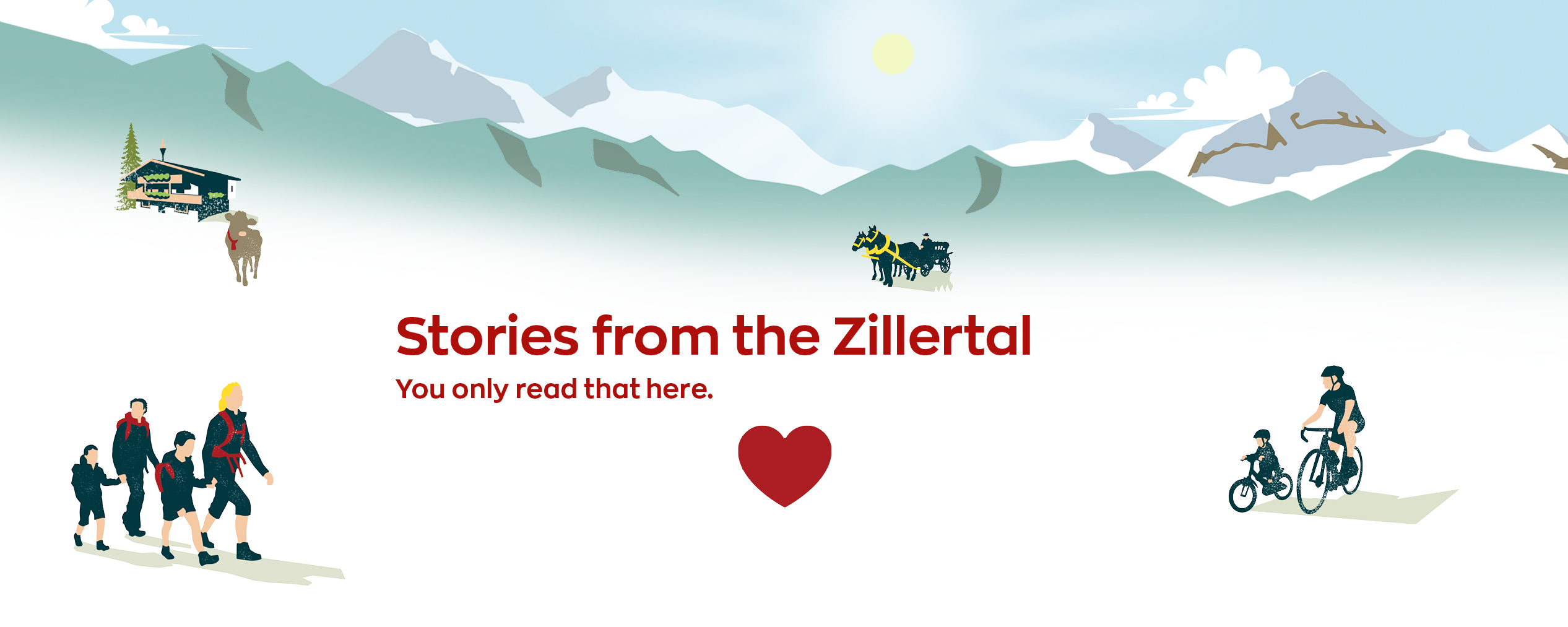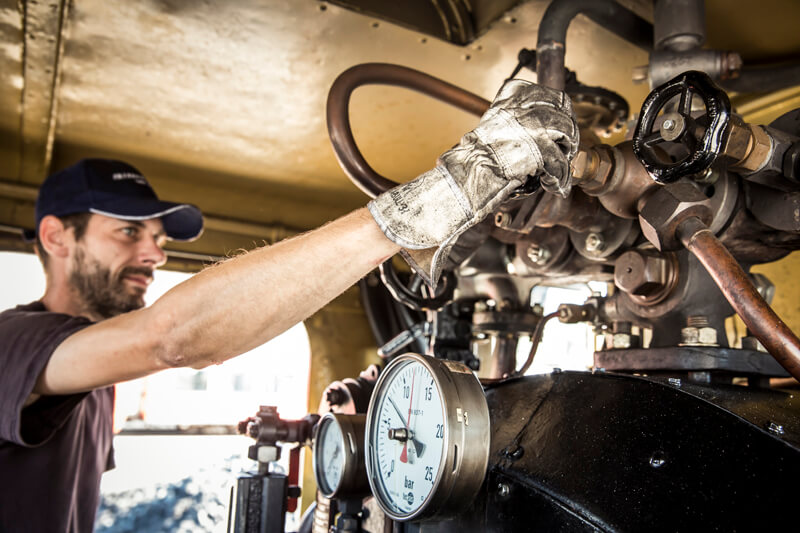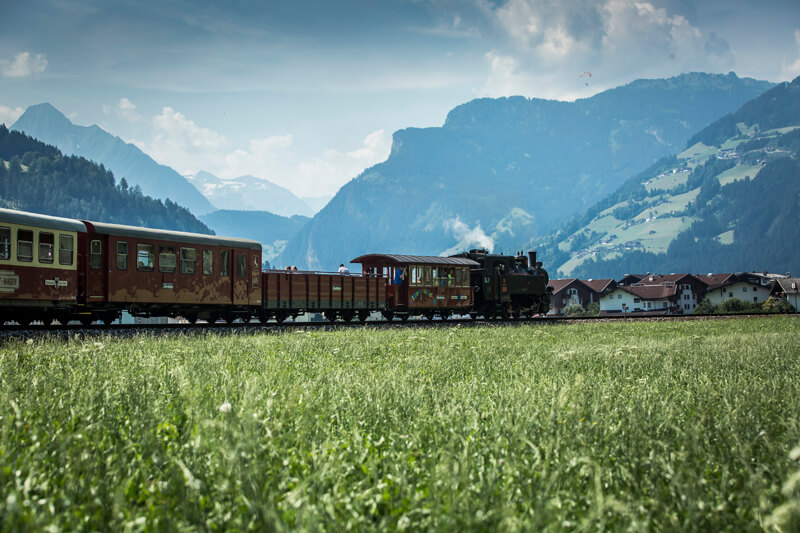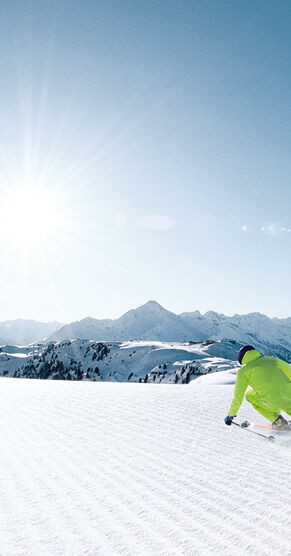
Stories of the Zillertal tradition
A romantic journey
Full steam ahead through Zillertal
Charming romance and relaxed nostalgia: the classic steam train takes you on a relaxed yet impressive journey along the 119-year-old Zillertalbahn railway through spectacular scenery from Jenbach to Mayrhofen – and back to days gone by. A truly unforgettable experience for young and old.
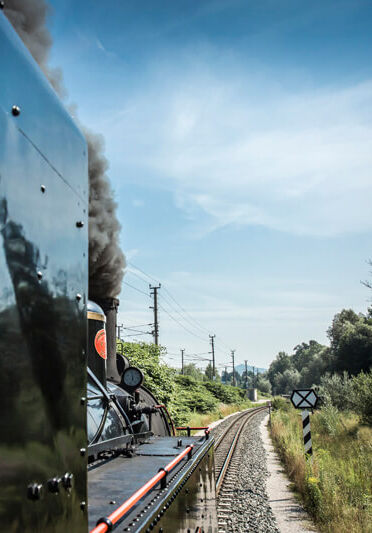
The first rays of sunlight have only just fallen on Zillertal and yet, Martin Eder is already bathed in sweat. He also has soot on his face – together with an impish smile. “Let’s wake her up”, he says as he pulls his heavy shovel back over his shoulder and rams it into the pile of coal, next to which the chugging steam locomotive is already showing the first signs of life.
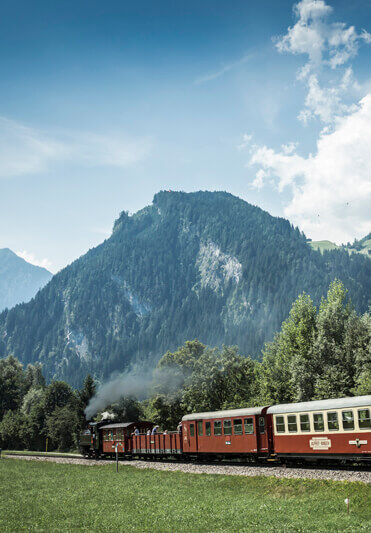
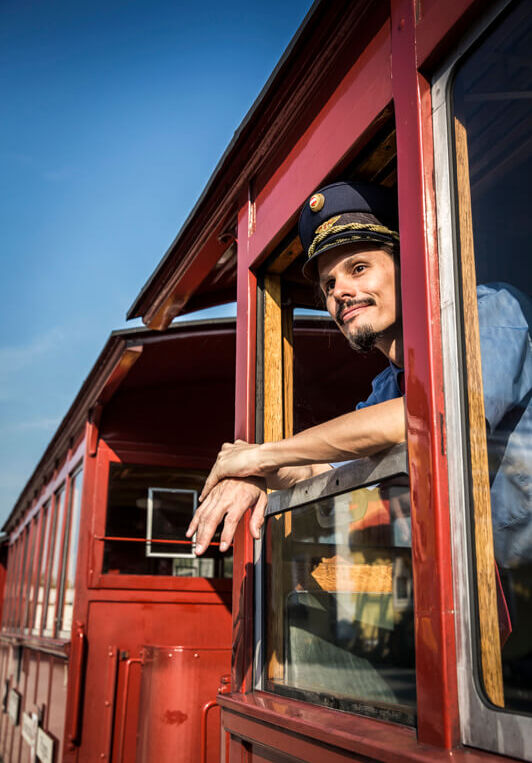
Just like every morning (from May to October) at around six o’clock, her stoker Martin gently but insistently wakes the 90-year-old lady “Gerlos” from her deep sleep. After all, this classic old dear has to be ready to leave the house for the station platform by ten o’clock. Here, she should open her doors to as many train enthusiasts or inquisitive passengers as possible and take them from station to station from Jenbach to Mayrhofen. Or from the present day to the distant past. To days before diesel locomotives and e-cars. When time ticked by more slowly. And when this narrow-gauge railway was not a tourist attraction, but a great feat of engineering that promised prosperity and new possibilities for Zillertal.
“The history of this
classic train is closely
linked to Tux’s
former magnesite
mining industry.”
Günter Denoth, steam train manager
Magnesite as the driving force
The cylinders hiss rhythmically. They wheeze. It almost seems like the old locomotive wants to tell us her story. Instead, her human “friend” Günter Denoth speaks for her. The 43-year-old is not just in charge of the many old steam locomotives, he is also, and above all, a passionate train expert. He knows every last screw on his locomotives and wagons, how to properly interpret every single noise and all about the history of the impressive steel giants. “The history of this railway is closely linked to tourism and subsequently the magnesite mining industry in Tux”, he starts to tell us. This is because although the Zillertalbahn railway went into operation in 1900, it only became financially secure when magnesite mining began in 1928. “The railway suddenly became an important means for transporting goods, workers and, of course, magnesite”, comments Denoth. When the mine had to be closed in 1976, the steam locomotive once again fell into financial difficulties. But Zillertal locals had grown extremely fond of their train and constantly found new finance models to ultimately keep the special narrow-gauge railway up and running. Denoth proudly notes: “Today, this railway and the route are like no others in Europe. This is partly because we not only perform all our own repairs to the Zillertal locomotives and wagons in our workshop but have also become a genuine point of call for repairs to other steam train railways around Europe.
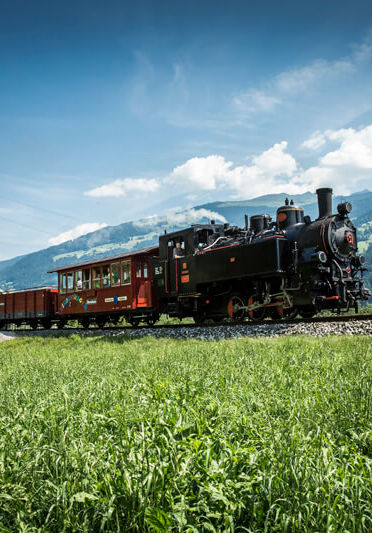
Pressure, heat and a whole lot of power. “Watch out, she’s ready to go!” Martin Eder calls, interrupting the fascinating history lesson. The “Gerlos” is now thumping and humming at quite some volume. With her pawing at the starting blocks, we need to move back a few metres. After all, a locomotive like this doesn’t just look impressive and magnificent, she is by nature highly pressurised – at high temperatures. Martin Eder could tell you the specs in his sleep: built in 1930, 28.1 tonnes, 320 HP, top speed of 40 km/h, fuelled by water. And if you stand in the driver’s cab like he is doing, you can also enjoy the almost 60°C heat that prevails just a few metres away thanks to the boiler reaching temperatures of around 400°C.


But the numerous passengers boarding the classic wagons are completely unaware of what is happening behind the scenes. They are all just laughing happily – after all, a ride on an over 100-year-old railway is not usually an everyday occurrence. Except for Elisabeth Rahm that is! The 28-year-old is the train driver and, as such, in charge of the train. That means that she is not only responsible for checking tickets but also for passenger safety. But she is not stressed about it. She happily beckons to her colleague Martin, who checks the boiler pressure at the front of the train one last time before handing over to train driver Patrick Madersbacher. Elisabeth carefully inspects the final wagons. Her whistle sounds loudly and the “Gerlos” chugs and hisses into motion, picking up speed as she heads for Mayrhofen. And days gone by.
Image: Bernhard Huber and text: Johannes Stühlinger
Zillertal magazine Summer 2020
Even more stories from the Zillertal

Adventure inside the mountain
The Spannagelhöhle cave on the Hintertux glacier is fascinating, thrilling, mysterious. And an unforgettable climbing experience for all daredevils who move through the narrow gorges.
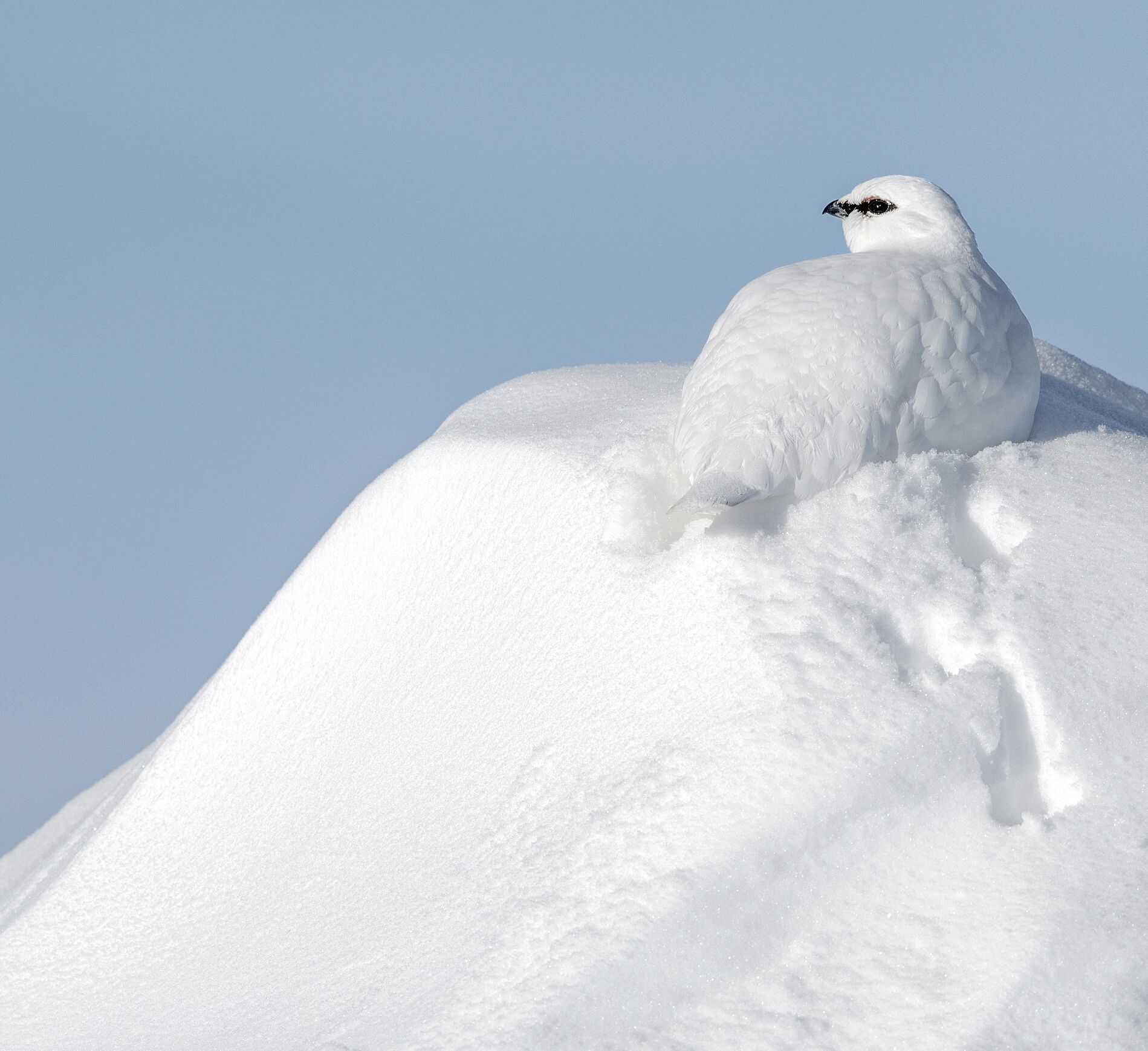
A snowball with a beak
The ptarmigan is an almost invisible bird that causes surprise high up in the Alps and to which Zillertal is dedicating its own research project.

Skiing fun for all the family
Zillertal is the perfect place for big and small to jointly discover the meaning of true fun on the slopes! After all, the Ski- & Gletscherwelt Zillertal 3000 with the Hintertux Glacier offers skiing delights for every family.

Zillertal
Welcome to Zillertal! Where sun, snow and well-being become the meaning of life and where great freedom tempts you to let go.
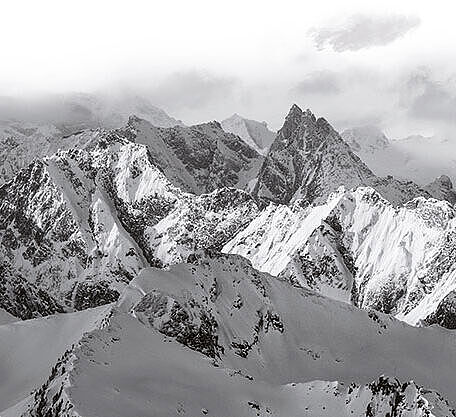
Zillertal Newsletter
Our newsletter provides you with great information about the Zillertal. Get the best seasonal tips, information from the ski resorts and about the summer mountain railways and much more.

Hosts in Zillertal
Find the right accommodation for your perfect winter holiday in Zillertal – from cosy private rooms to luxury five-star hotels.
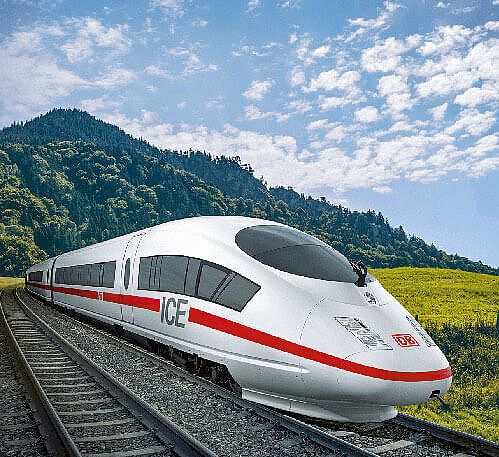
Getting to Zillertal
Zillertal is located in the west of Austria and is the widest of the side valleys on the south side of the Inntal Valley. Get to Zillertal safely and comfortably.
